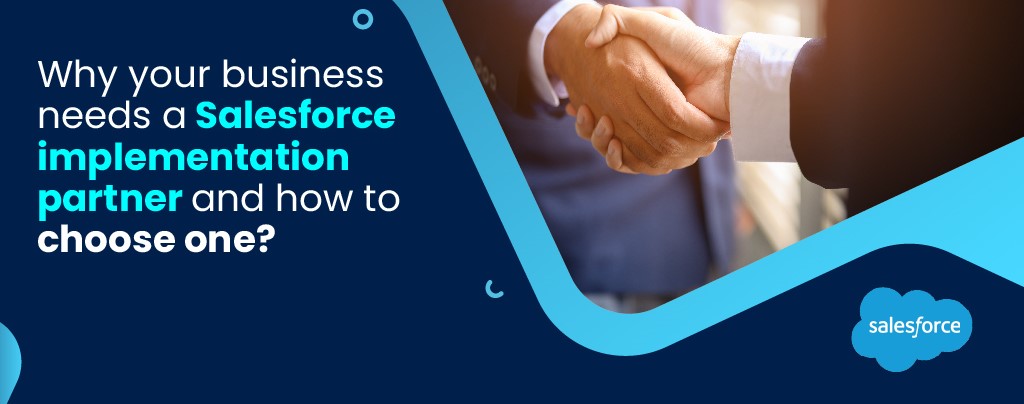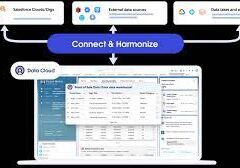Is your company underestimating the true and total cost of your Salesforce implementation? We’re drawing on our historical experience as a Salesforce Partner, where Tectonic has guided clients through various implementations. We’ve noticed a common oversight: the tendency to underestimate the hidden expenses associated with Salesforce implementation. These costs go beyond the initial license purchase and implementation services. Overlooked costs can significantly impact the overall success of the implementation process and user adoption. This insight examines.

Let’s look at some frequently overlooked Salesforce implementation costs. The goal is to provide businesses and decision-makers with a comprehensive understanding of the full financial implications involved in adopting Salesforce. By highlighting these often unexpected expenses, Tectonic aims to align your journey from initiation to ‘go live’ with your budget expectations.
Cloud Editions and Salesforce implementation
Choosing the right Salesforce Cloud is a significant step, but it’s crucial to understand that each Cloud comes with multiple editions. While many start with Sales Cloud Enterprise Edition, popular and cost-effective, advanced features may be lacking. This leads to the need for additional clouds or apps from the AppExchange.
For instance, if your sales team requires an advanced quoting mechanism, you might explore CPQ under Salesforce Revenue Cloud. Adding Experience Cloud or Marketing Cloud for specific functionalities can also be considered. Integrating these extensions enhances functionality but requires anticipating and budgeting for additional Salesforce implementation costs.
Another example is Salesforce Marketing Cloud, which recently introduced a Growth Edition.
Custom Tailoring and Fine-Tuning
As your digital transformation progresses, standard Salesforce offerings and AppExchange apps may fall short of meeting all of your evolving business needs. Unique organizational processes often demand tailor-made solutions, whether due to industry-specific regulations, complex workflows, specialized reporting, or integration with existing systems.
Customizing Salesforce involves considerations of time, resources, and expertise. While some might attempt it independently, collaboration with experienced Salesforce professionals or dedicated teams like Tectonic is often crucial for successful tailored solutions.
Data Transfer and System Connectivity in Salesforce implementation
Migrating data to Salesforce can be costly, especially for large and complex datasets. Hiring data migration specialists, cleansing data, and using alternative solutions like dataloader.io for Salesforce Professional Edition are necessary considerations.
Integrating Salesforce with other systems requires evaluating complexity and available connector apps. While these can reduce integration costs, custom integrations may be needed, involving point-and-click middleware like Zapier or hiring a software developer.
Sustaining a Successful Implementation
Success with Salesforce is an ongoing journey, requiring updates and adaptations to evolving organizational needs. Maintaining a dedicated team of Salesforce experts, including Business Analysts, Administrators, Developers, and Architects, is crucial for reflecting changes effectively. Outsourcing through Salesforce partners like Tectonic is an option if in-house talent is lacking.
User Adoption
Effectively leveraging Salesforce requires equipping users with the necessary skills and training. Neglecting end user training, as seen in a financial services firm acquiring Salesforce for client management without adequate training, can lead to data inaccuracies and inefficiencies. Users are inherently resistant to change. Involving end users in the planning process ensuring that Salesforce will enhance their success toolbox greatly increases user adoption.
Investing in comprehensive user training or a Learning Management System ensures that employees proficiently use Salesforce, enhancing customer satisfaction and increasing revenue.
Anticipating and budgeting for Cloud editions, custom solutions, data cleansing and transfer, integration, ongoing maintenance, and user adoption can minimize surprises associated with additional Salesforce implementation costs. This proactive approach ensures a more transparent and successful implementation aligned with budget expectations.
Content updated February 2024.













